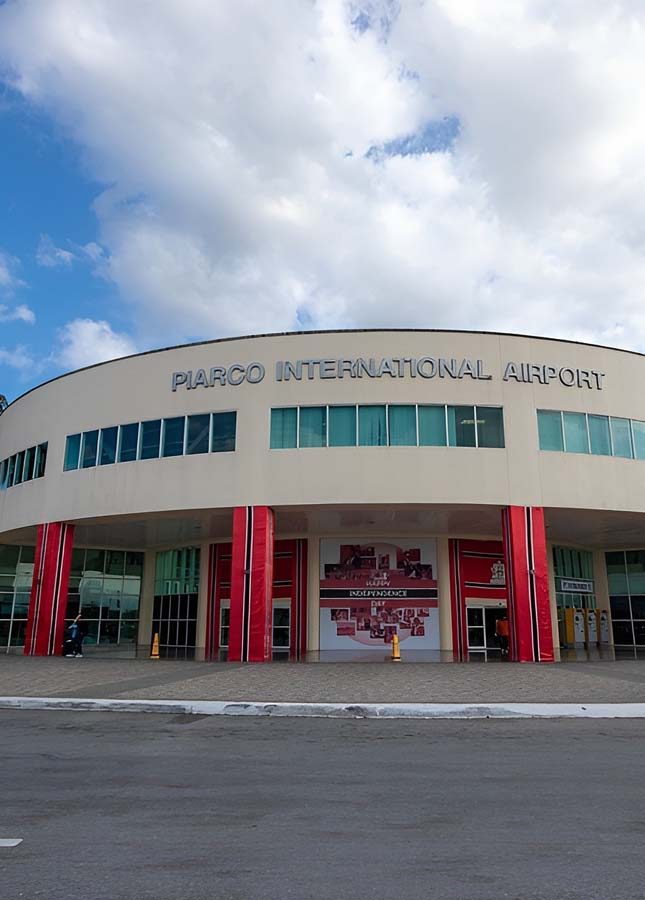1. Introduction
Piarco International Airport, the crown jewel of Trinidad and Tobago’s aviation, serves as the island’s main port of entry and the region’s busiest travel hub. Connecting the vibrant Caribbean nation to the world, it pulsates with a vibrant energy, welcoming both business and leisure travelers.
2. Location
The airport is situated 30 kilometers east of Port of Spain, the airport enjoys an ideal position in Piarco, a bustling town humming with the rhythm of air travel. Easily accessible by road and public transportation, it offers convenient connections to the city and beyond.
3. History
From its humble beginnings as a grass airstrip in the 1930s, Piarco has blossomed into a modern air transportation powerhouse. Witnessing the rise of international tourism and trade, it has seen propeller planes give way to sleek jets, forever evolving to meet the demands of a connected world.
4. Facilities
Travelers are pampered with a host of amenities, from duty-free shopping and delectable local cuisine to comfortable lounges and business centers. Modern terminals boasting cutting-edge technology ensure a seamless travel experience, while art installations and vibrant murals infuse the space with a touch of Trinidadian flair.
5. Airlines and Destinations
Piarco is a bustling crossroads, with renowned airlines like Caribbean Airlines, American Airlines, and British Airways taking flight to destinations across the Americas, Europe, and beyond. Whether seeking sun-kissed beaches, bustling metropolises, or cultural gems, Piarco offers a gateway to diverse experiences.
6. Transportation Infrastructure
Well-connected highways and a dedicated public bus service whisk travelers to and from the city. Taxis and car rentals provide added flexibility, allowing exploration of the island’s many wonders. Within the airport, a network of shuttles efficiently navigates the terminals.
7. Cargo Operations
Beyond passenger travel, Piarco thrives as a vital cargo hub. With dedicated facilities and efficient procedures, it facilitates the flow of goods, playing a crucial role in Trinidad and Tobago’s economy and connecting businesses to international markets.
